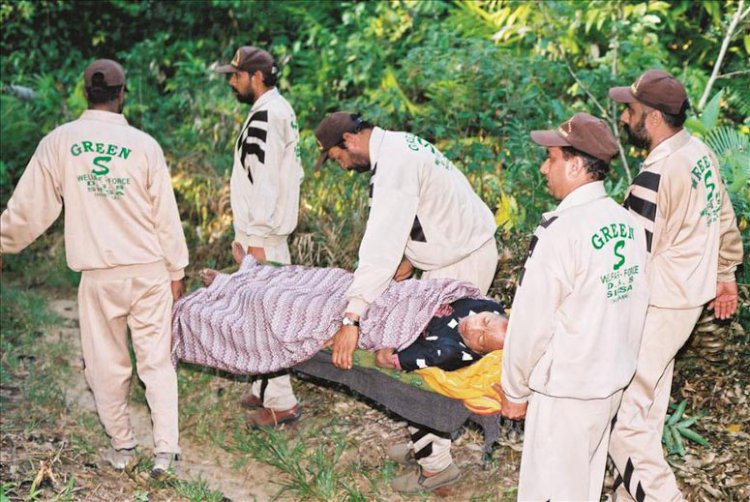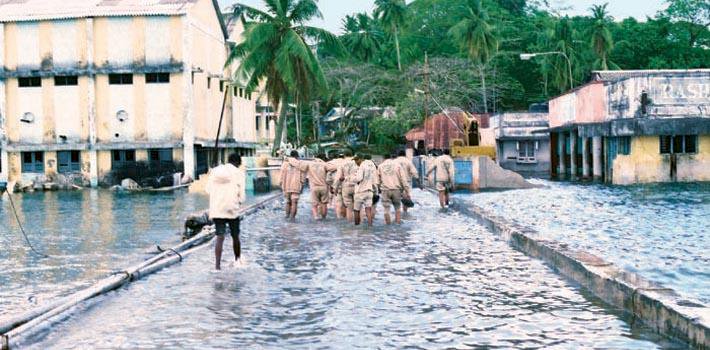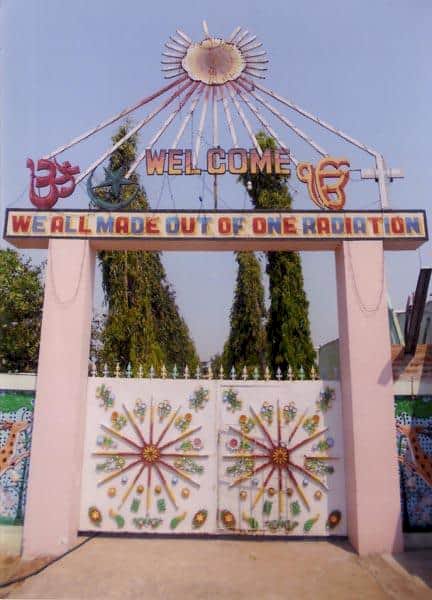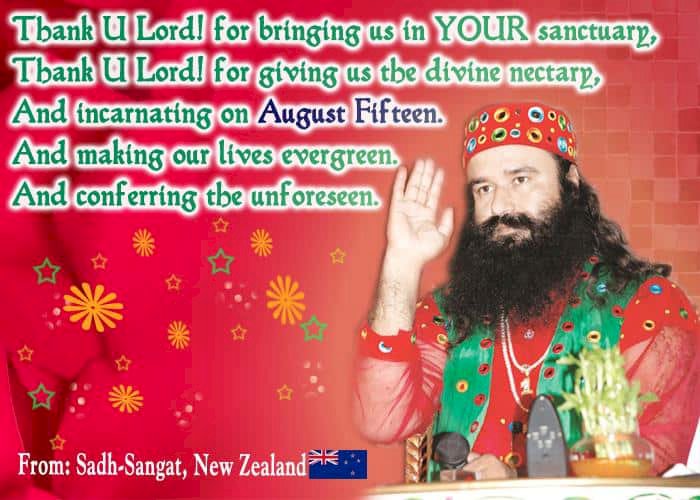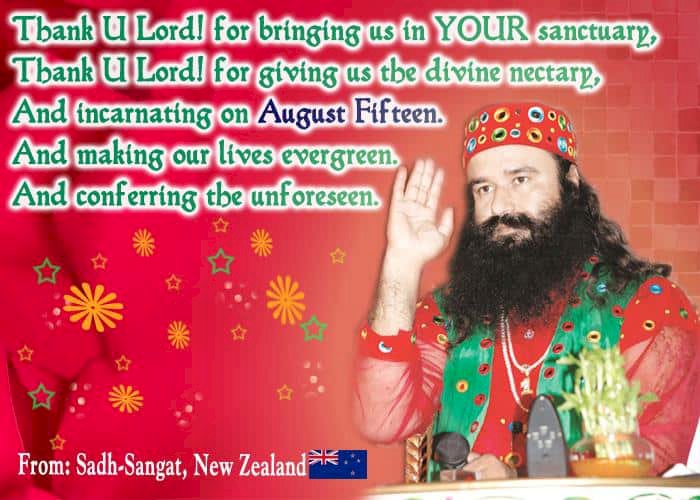The Giant Tsunami and The Aftermath
26th December, 2004, was the day when the whole of South Asia was shaken by a Tsunami. In the Indian Subcontinent, the tsunami inflicted heavy loss of life and property. Sri Lanka, Maldives, Indonesia and India were affected. The coastal areas of India like Kerala, Tamil Nadu, Andhra Pradesh and the Andaman Nicobar Islands were the worst affected areas. The earthquake had its epicenter near Sumatra (Indonesia) under the sea and the resultant waves killed over 2,25,000 people. This was the most dangerous Tsunami till date and since 1964 this was the most severe earthquake ever to have taken place. After the undersea earthquake, the waves rose up to 40 metres high. Tamil Nadu and Andaman Nicobar were the worst affected areas in India where over 13,000 people died. In this hour of need, Dera Sacha Sauda , represented by the Shah Satnam Ji Green 'S' Welfare Force Wing, did whatever it could do help the victims. Under instructions of Guruji, teams of trained volunteers were sent to both the areas to help the tsunami victims. In Tamil Nadu, the Nagapattinam district was worst affected where the volunteers distributed the relief materials. 
Another 19 member team was sent to the Andamans as a part of unique humanitarian initiative. This team was sent on 30th December, 2004 to the Andaman Nicobar Islands. In the Andaman's, the Kachal Island's, in particular, were very difficult to reach and the terrain there was a big challenge to the volunteers. Initially, the volunteers left for Port Blair and reached the last eastern tip of India called the Indira Point to distribute the relief materials. On the ship, they reached Campbell bay and the whole Island was less than 4 feet of water. After distributing aid over there, the volunteers reached a place called Kamota. The volunteers had been especially instructed to reach the points where no aid had reached. In the end, they reached the Kachal Island that was the ultimate target beneficiary. Initially in Kamota, the local administration did not give permission to the volunteers to proceed because of the destination being risky. But when they saw the drive and initiative of volunteers, they relented and permitted them to proceed. Because of the tsunami, on the Kachal Island out of 13 human settlements only 3 remained. People were scared beyond words. The Kachal Island was inhabited by 8,512 people and out of which only 3,070 people survived. The rest were all swept away by the giant tsunami waves. The Island that was 24 sq. kilometers, prior to tsunami was reduced to merely 9 sq. kilometers. The terrain was difficult but the volunteers proved to be up to the task. Apart from the food materials, they gave health care services, tents and every conceivable form of assistance that was required under the circumstances. Not only that, in the Mildera camp in Kachal, the volunteers also conducted coaching classes for exam going children in the 10th and 12th classes. Traversing the restless sea using small boats to distribute aid materials was a challenge while the aftershocks were still frequent. A little carelessness meant death. But the volunteers were absolutely fearless and engaged devotedly in their service. They stayed there for 55 days. On this Island, only few jawans of the Indian Army had been able to reach. Shah Satnam Ji Green 'S' Welfare Force Wing of the Dera Sacha Sauda was the first and only organization to reach these Islands and when it was time to come back, the locals simply would not let them go.


